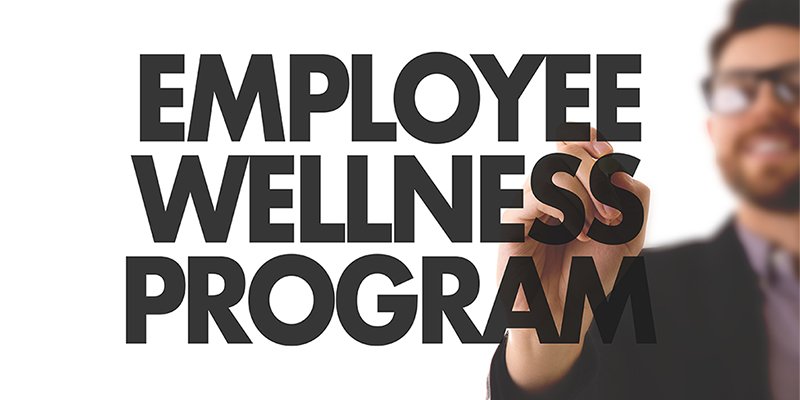Workplace Wellbeing: Bridging Health & Productivity
Productivity in the workplace is quite dependent upon the wellbeing of the workers. When workers suffer from chronic pain, they are less likely to focus on their work and thus become less productive. Bridging health and productivity within an organization is essential in creating a viable, healthy, and longer lasting workforce. Many companies are working to create and implement wellbeing programs to help their employees become and stay healthier.
Often workers can be negatively affected in their workplace by adverse environmental conditions or immobility, but they can also be affected by excess body fat, smoking, stress, and chronic pain. Fostering a culture of health in the workplace by an employer increases not only job satisfaction in workers, but it reduces turnover as well. A study on workplace “Culture of Health” means not just helping people to lose weight or stop smoking, but implementing safety protocols that reduce the possibility of long term issues including chronic pain problems.
Investing in the wellness of workers is seen as the social responsibility of organizations. Employers can increase worker health and wellbeing by analyzing the risk of certain repetitive movements and teaching workers how to prevent long lasting and often permanent damage to their bodies. Prevention of chronic pain due to workplace strains not only allows workers to be productive for longer periods of time, but it also reduces the number of sick days and cuts down on health-related expenses.
Many employees who live with chronic pain continue to go to work and many struggle to be productive. Their disability is often invisible and can be thought of as a personal problem, so it is hard for employers to understand how they might be able to alleviate some of the suffering through workplace adjustments. One possibility is to modify the workspace to help reduce pain such as using a sitting-standing desk or ergonomic chairs. It is also essential for workers to have and adequately use their breaks. Breaks allow the worker to move, stretch, and get some fresh air which minimizes some of the discomfort associated with chronic pain. Helping workers through ergonomic structural modifications and appropriate use of breaks in the workplace helps to bridge the gap between health and productivity.
Chronic pain such as headaches, backaches, arthritis pain and other musculoskeletal conditions also have direct costs associated with employers. Direct costs include worker’s compensation claims and healthcare bills which amount to over $60 billion per year in the US. Helping workers prevent and manage chronic pain can help to reduce the number of missed work days, increase work performance, create more positive attitudes, and increase efficiency. While eliminating chronic pain completely may not be an option; preventing and reducing pain in the workforce can begin when employers implement bridges that connect health and productivity.
You may also like: